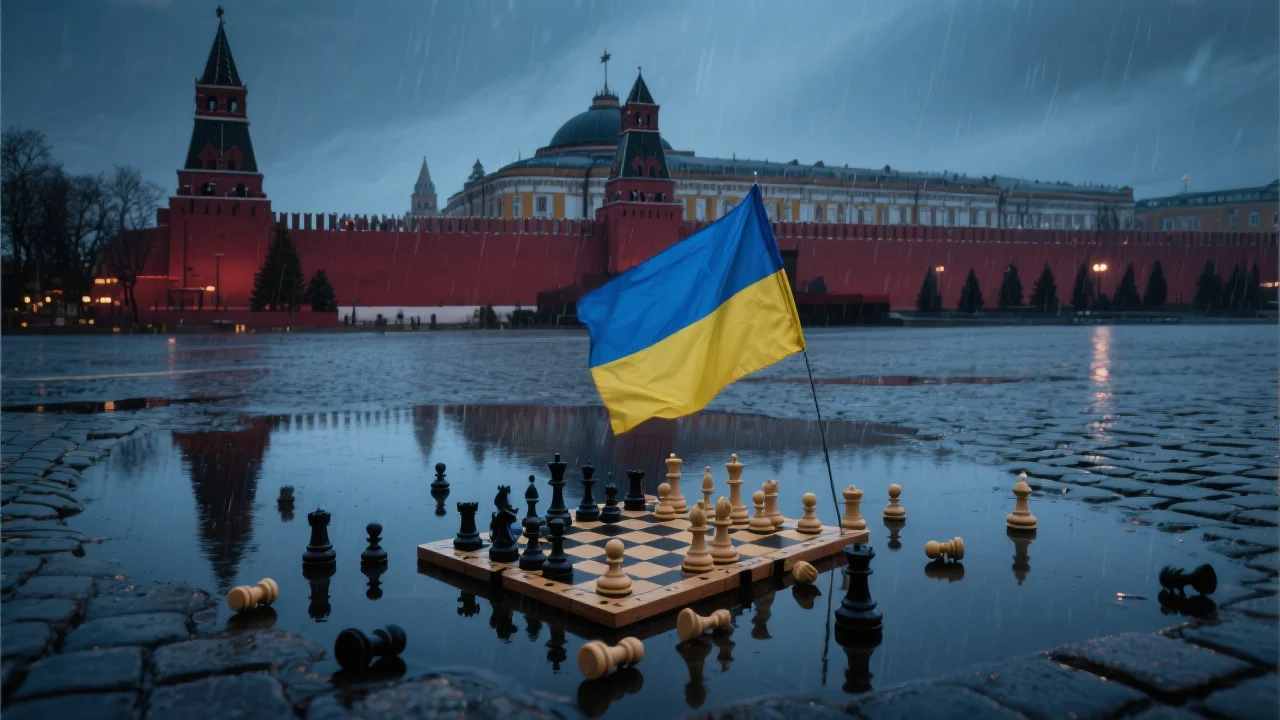
Moscow’s Mood: Business as Usual
You know the script by now. President Zelensky reaches out, hoping for a sliver of dialogue, and the Kremlin responds with the diplomatic equivalent of a blank stare.
A Day of Unscripted Diplomacy in Washington
On August 18, 2025, the White House became the stage for a diplomatic drama that few could have predicted even a year ago. President Donald Trump, flanked by Ukrainian President Volodymyr Zelensky and a formidable lineup of European leaders, orchestrated a day of negotiations that may reshape the trajectory of the Russia-Ukraine war. The day’s events, which included a surprise phone call to Vladimir Putin and the promise of direct talks between the Russian and Ukrainian presidents, signaled a new, if precarious, phase in the search for peace in Eastern Europe.
The Players: Who Sat at the Table
The cast was as high-profile as it gets: Trump, Zelensky, German Chancellor Friedrich Merz, French President Emmanuel Macron, British Prime Minister Keir Starmer, Italian Prime Minister Giorgia Meloni, Finland’s President Alexander Stubb, NATO Secretary General Mark Rutte, and European Commission President Ursula von der Leyen. The optics were unmistakable—a united Western front, at least in appearance, determined to push for a diplomatic solution to a war that has dragged on for nearly four years.
Security Guarantees and a $90 Billion Bet
Zelensky arrived in Washington with a clear ask: robust security guarantees for Ukraine, underpinned by a proposed $90 billion purchase of American weapons. The Ukrainian leader, who has become adept at navigating the shifting moods of Western capitals, made it clear that “everything” was on the table—aircraft, air defense systems, intelligence, and training. The details, he said, would be “formalized on paper within the next week to 10 days”.
Trump, for his part, was eager to tout what he called a “very significant step”: Putin’s apparent acceptance of security guarantees for Ukraine as part of any peace deal. The U.S. president, never one to shy away from self-congratulation, told the assembled leaders that “everyone is very happy about the possibility of peace for Russia and Ukraine.” Yet, the devil, as always, is in the details—and in the willingness of Moscow to follow through.
The Putin Call: A 40-Minute Pivot
The day’s most theatrical moment came when Trump, after hours of talks, paused the proceedings to call Vladimir Putin. According to both U.S. and Russian sources, the call lasted about 40 minutes and set in motion plans for a direct meeting between Putin and Zelensky, with Trump himself angling for a seat at the table in a subsequent trilateral summit.
On a hot mic, Trump confided to Macron that he believed Putin “wants to make a deal for me,” a line that seemed to capture both the transactional nature of Trump’s diplomacy and his penchant for personalizing global affairs. Whether this is bravado or a genuine breakthrough remains to be seen.
Ceasefire or Not? The European Dilemma
If there was a point of friction, it was the question of a ceasefire. European leaders, especially Germany’s Merz and France’s Macron, pressed for an immediate halt to hostilities as a precondition for further talks. Trump, however, was unmoved. “In the six wars that I have settled, I haven’t had a ceasefire,” he quipped, suggesting that negotiations could proceed even as fighting continued. This stance left some European leaders uneasy, wary that the lack of a ceasefire could simply buy Putin more time on the battlefield.
The Zelensky-Putin Meeting: Hope or Mirage?
Zelensky, for his part, said he was ready to meet Putin “in any format,” a statement that underscored both his desperation for a breakthrough and his willingness to take risks. The Kremlin, characteristically noncommittal, said only that it was “worthwhile” to explore raising the level of representatives in negotiations. Whether Putin will actually show up for a face-to-face with Zelensky remains an open question, but the mere prospect of such a meeting is a dramatic shift from the entrenched positions of the past three years.
The Stakes: More Than Just Territory
Beyond the headlines and photo ops, the stakes are existential for Ukraine. The security guarantees under discussion are not just about weapons or money—they are about the survival of a nation and the credibility of the Western alliance. Macron put it bluntly: “The first one is clearly a credible Ukrainian army for the years and decades to come.” The European leaders, for all their differences, seemed united on one point: whatever peace emerges must be durable, not just a pause before the next round of violence.
A Moment of Cautious Optimism
For now, the world is left with a rare moment of cautious optimism. The choreography of the day—Trump’s phone call, Zelensky’s overtures, the European leaders’ resolve—suggests that the diplomatic machinery is, at last, grinding into motion. But as history has shown, the path from summitry to peace is littered with false starts and broken promises.
Still, for a war that has defied easy solutions, even the possibility of direct talks between Putin and Zelensky, brokered by a U.S. president and backed by Europe, is a development worth watching. The next ten days, as the security guarantees are hammered out, may prove decisive—not just for Ukraine, but for the future of the post-Cold War order.
